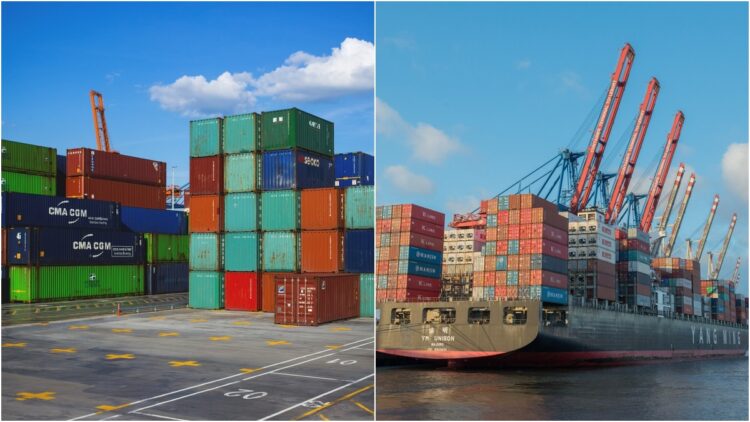India’s import
The fall in the exchange rate of the rupee is resulting in one having to pay more for crude oil, coal, vegetable oil, gold, diamonds, electronics, machinery, plastics and chemicals. This will increase the country’s import bill. Economic research institute GTRI said on Friday that the fall in the domestic currency will lead to an increase in India’s gold import bill. Especially when global gold prices have increased by 31.25 percent on an annual basis to $ 86,464 per kg in January 2025. The price in January 2024 was $65,877 per kilogram.
Rupee weakened by 4.71% against dollar
‘Global Trade Research Initiative’ said in its report that the Indian Rupee (INR) has weakened by 4.71 percent against the US dollar from Rs 82.8 to Rs 86.7 since January 16 last year. At the same time, in the last 10 years i.e. between January 2015 and 2025, the rupee declined by 41.3 percent against the US dollar and it fell from Rs 41.2 to Rs 86.7. In comparison, the Chinese yuan depreciated by 3.24 percent to 7.33 yuan from 7.10 yuan.
Import bill will increase due to weak rupee
GTRI Founder Ajay Srivastava said, “Overall, a weak rupee will increase the import bill, energy and raw material prices will increase, which will put pressure on the economy.” Export data of the last 10 years shows that a weak rupee does not help exports, while economists are of the opposite opinion. He said that although the general opinion is that a weak currency should boost exports, but India’s decade-long data tells a different story. High-import sectors are thriving, while labour-intensive, low-import industries like textiles are floundering.
39 percent increase in total merchandise exports
Srivastava said, “Trade data from 2014 to 2024 also shows a different story. Total merchandise exports increased by 39 percent in the period 2014 to 2024. High import sectors such as electronics, machinery and computers saw huge growth.” He said electronics exports grew by 232.8 per cent and machinery and computer exports grew by 152.4 per cent. Meanwhile, low-import sectors such as apparel showed weakness, while a weak rupee would have made their goods more competitive globally, Srivastava said.
Weak rupee does not always boost exports
“These trends show that a weak rupee does not always boost exports,” he said. This hurts labour-intensive exports the most and promotes import-driven exports with low value addition.” GTRI suggested that India needs to carefully strike a balance between growth development and inflation control to achieve long-term economic stability. A balance will have to be struck and also the rupee management and business strategies will have to be reconsidered. “However, the actual situation is serious,” he said. The majority of India’s foreign exchange reserves of over $600 billion are loans/investments which have to be repaid with interest, limiting their role in stabilizing the rupee.”
(With inputs from Bhasha/PTI)
Latest Business News










